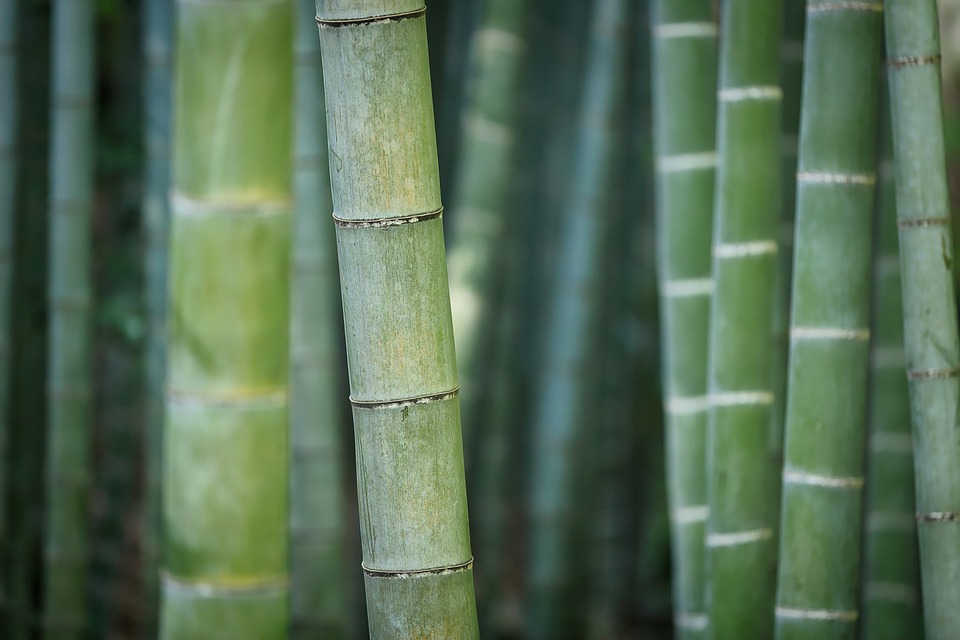Title: Beyond The Bamboo Forests: A Closer Look at Red Pandas’ Unique Lives
The charismatic red panda (Ailurus fulgens), a creature often compared to a small bear due to its reddish-brown fur and endearing face, is a fascinating inhabitant of the bamboo forests. This elusive and rare species, residing in the temperate forests of the Himalayas and nearby mountains, has captured the hearts of wildlife enthusiasts and researchers. Beyond the bamboo forests, the red pandas’ unique lives reveal a unique blend of adaptation and resilience in the face of adversity.
The Hunt for Food
Red pandas consume primarily bamboo, supplementing their diet with fruits, insects, and small mammals. With a body designed for bamboo consumption, their giant molars, false thumb, and long, bushy tail assist in destabilizing and holding bamboo during consumption. They are primarily crepuscular, browsing during dusk and dawn to avoid midday dehydration risks.
Breeding Habits
Red pandas possess a polygamous reproductive system, with females being receptive for a single 72-hour period during the mating season. This period corresponds to a fluctuation in a hormone called progesterone. Only one or two kits are born after a gestation period of 131 to 158 days. Kits are born with fur and open eyes but are entirely dependent on their mothers.
Territorial Displays
Red pandas are highly territorial creatures, and males and females defend their territories aggressively through vocalizations, tree marking, and aggressive chases. As a result, red pandas typically fiercely guard their space, limiting interaction with other red pandas except during mating and rearing seasons.
Surviving in the Shadows
Although red pandas play a crucial role in their ecosystems, their survival has been threatened by habitat fragmentation, resource competition with human and domesticated animals, and climate change. Taking steps to ensure that our forest management practices are red panda-friendly can help secure the future of this enchanting species.
FAQs:
Q1: Why are they called red pandas, while they appear to be orange?
A1: Red pandas have reddish-brown fur on their back, which may appear to some as orange. Female red pandas have a lighter coat color.
Q2: Are red pandas more related to bears or raccoons?
A2: Despite their bear-like appearance, red pandas are more closely related to raccoons and ancient bears.
Q3: How are red pandas protected?
A3: Red pandas are listed as endangered by the International Union for Conservation of Nature (IUCN). Various conservation efforts aim to protect them through public education, habitat conservation, and captive breeding.
Image Credit: Image by “John Carver” from Pixabay
As fascinating as red pandas may be, it’s vital to remember that we are also key players in the survival and thrive of these enchanting creatures. Preserving their habitat and working together to develop educated forestry practices can go a long way in ensuring red pandas are around for generations to come.



